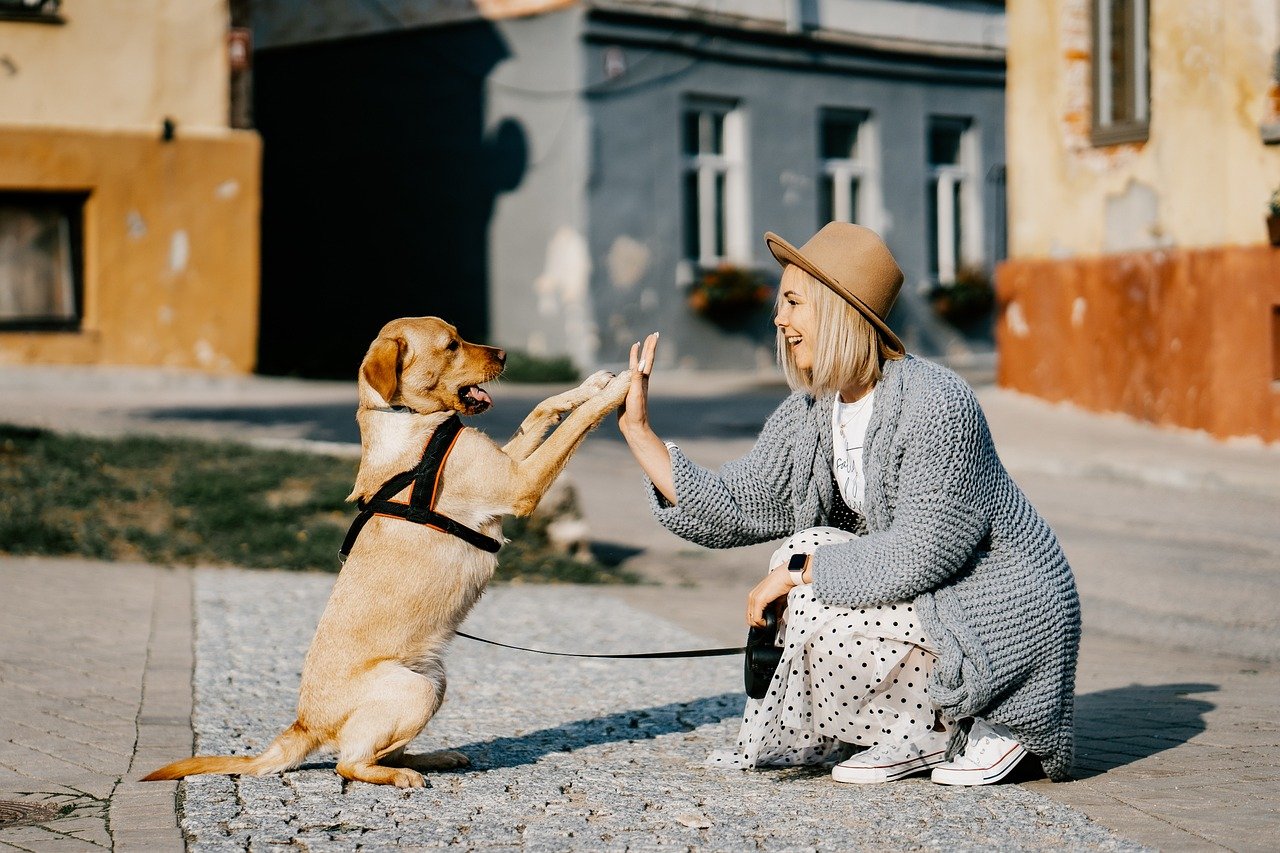If your heart aches every time you see your dog’s eyes widen and their tail tuck as you pick up your keys, you’re not alone. Dogs don’t just “miss” us—they can truly panic, with racing hearts and frantic pacing, when we walk out that door. Separation anxiety isn’t just a human thing. Many loving, loyal pups feel abandoned or scared when their favorite person disappears, even for a few minutes. I’ve been there myself, with paws scratching at the door and mournful whimpers echoing down the hall. But here’s the good news: with understanding and practical steps, you can help your dog feel safe, even when you’re apart. Let’s dig into how you can turn panic into peace for your furry friend.
Spotting the Signs: How Dogs Show Their Distress

Dogs speak through body language and behavior, and when they panic, these signals can be loud and clear—or heartbreakingly subtle. You might notice your dog whining, barking, or howling as soon as you leave. Some chew up shoes, scratch at doors, or even have accidents inside, despite being perfectly house-trained.
But not all signs are dramatic. Sometimes, you’ll see your dog trembling, pacing, or drooling excessively. Others may hide or refuse to eat. Learning your dog’s unique stress signals lets you spot trouble early, so you can offer comfort before full-blown panic sets in.
Understanding the Roots: Why Dogs Fear Being Alone
Separation anxiety doesn’t mean you’ve spoiled your dog—it means they love you deeply and struggle with being apart. Some breeds, like Labradors or Border Collies, are more prone to this, but any pup can feel lost when their human vanishes.
Life changes can trigger anxiety, too. Moving homes, changes in your schedule, or even a new family member can make a dog feel insecure. Understanding the cause helps you tailor your approach and reminds you that their fear is never a sign of bad behavior—it’s a call for reassurance.
The Power of Routine: Creating Predictability
Dogs thrive on routine, and a predictable schedule can work wonders for anxious pups. Try to keep feeding, walks, and playtime at the same time each day. This steady rhythm helps your dog feel secure, even when you’re away.
Before you leave, keep departures calm and uneventful. If you make a big fuss, your dog may sense your anxiety and become even more stressed. A quiet “see you later,” followed by a treat or toy, can teach your dog that good things happen when you go.
Desensitization: Teaching Your Dog Goodbye Isn’t Forever

Helping your dog cope starts with teaching them that your leaving doesn’t mean you’re gone forever. Practice short departures—step outside for a few seconds, then come right back. Gradually increase the time you’re away, always returning before your dog panics.
Pair these short absences with treats or a favorite chew. Over time, your dog will start to associate your leaving with positive experiences. It’s slow work, but patience pays off, helping your dog learn that solitude isn’t scary.
Safe Spaces: Creating a Comfort Zone

Every dog needs a cozy, secure spot where they feel safe. A crate, a favorite bed, or a quiet corner filled with toys and something that smells like you can do wonders. Dogs often find comfort in familiar scents and soft things.
Try leaving a recently worn t-shirt or blanket in their resting area. Background noise, like a radio or TV, can also help mask outside sounds that might trigger anxiety. Think of it as building a “comfort fort” just for your pup.
When to Call in the Pros: Seeking Extra Help

Sometimes, despite your best efforts, your dog’s anxiety remains overwhelming. If your dog’s distress is severe—like constant barking, self-injury, or destructive behavior—it’s time to reach out to a professional trainer or a veterinary behaviorist.
These experts can create a customized plan, and sometimes medication can help break the anxiety cycle. Remember, asking for help isn’t a failure—it’s a loving step toward your dog’s well-being. Even the most devoted owners need support sometimes.
Prevention Is Key: Setting Puppies Up for Success
If you’ve got a puppy or a newly adopted dog, you can help prevent separation anxiety before it starts. Get your dog used to short periods alone from the start, gradually building up their confidence. Leave them with a fun puzzle toy or treat to distract and entertain.
Be patient—young dogs are learning about the world, and your calm, steady responses teach them that alone time is safe time. Prevention now can save you and your dog stress later, building a foundation of trust that lasts a lifetime.
Self-Care for Dog Parents: It’s Okay to Feel
Let’s be honest: seeing your dog in distress can feel like a punch to the gut. Guilt, frustration, even anger—these are normal feelings for loving dog owners. Remember, your emotions matter too. Taking care of yourself helps you be the calm, steady presence your dog needs.
Lean on fellow dog lovers, whether online or in person. Sometimes just sharing stories and small victories makes all the difference. You’re not alone in this journey, and every step you take matters more than you know.

Linnea is a born and bred Swede but spends as much time as possible in Cape Town, South Africa. This is mainly due to Cape Town’s extraordinary scenery, wildlife, and atmosphere (in other words, because Cape Town is heaven on earth.) That being said, Sweden’s majestic forests forever hold a special place in her heart. Linnea spends as much time as she can close to the ocean collecting sea shells or in the park admiring puppies.





